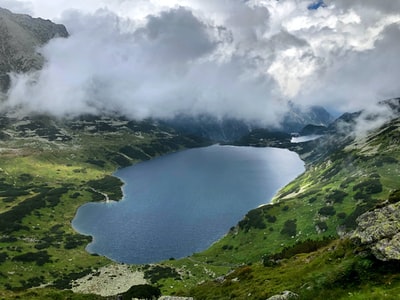Introduction

During the late 1960s and 1970s, efforts were made by both sides to try and improve relations – this process was known as dtente, which means ‘relaxation’ in French (not that this explains why a French word was used, of course; but let’s try and keep this as simple as possible).
The Solidarity Movement in Poland
The Troubles Begin

In July 1980, the Polish government announced yet another increase in food prices. This very unpopular move caused a massive wave of strikes, especially on Poland’s Baltic Coast. The strikers came together in a trade-union movement called Solidarity, led by a worker called Lech Walesa. The strikers didn’t just demand economic improvements, but more political freedoms, such as legal trade unions.
On 31st August 1931, Solidarity signed an agreement with the government which promised to bring in democratic representation into Poland’s communist system.
Reversing the Movement
Unfortunately, this move didn’t go down well in Moscow, where the Polish communists were seen as weak. Under pressure from the Soviet Union, the Polish communists installed a new Prime Minister at the end of 1981, Wojicech Jaruzelski. He attempted to reverse the movement towards democracy by introducing martial law, making Solidarity illegal and crushing any protest movements.